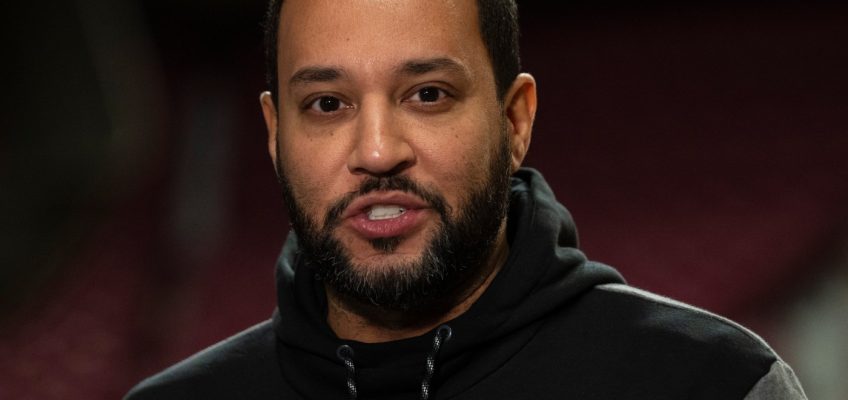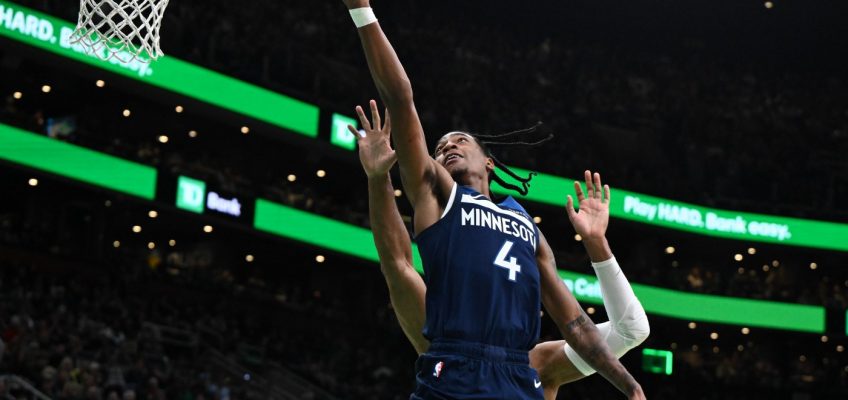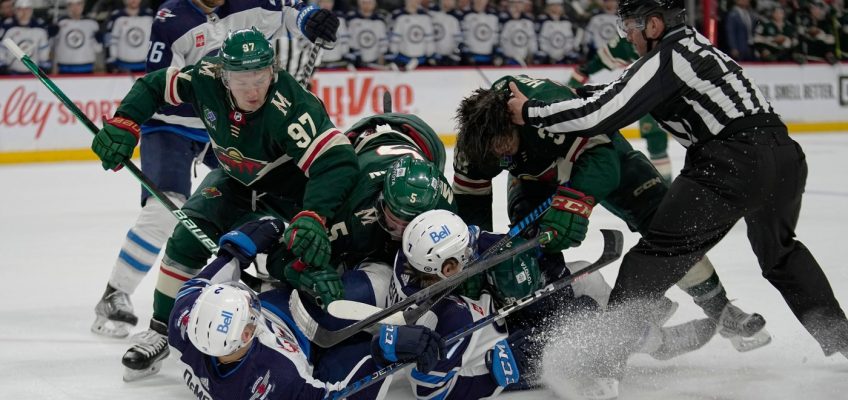The Gophers men’s basketball team continues to flirt with disaster in nonconference games to start the season.
Minnesota was pushed by Central Michigan on Monday, but the U escaped with a 68-65 win at Williams Arena.
Chippewas guard Jacobi Heady’s game-winning three attempt at the buzzer hit off the front of the rim.
The Gophers (5-1) were a 13-point favorite against Central Michigan, which had a KenPom ranking 121 spots below Minnesota. The Chippewas (3-3), however, did have only an 8-point loss to No. 10 Marquette on Nov. 11.
Minnesota’s previous loss was to North Texas on Nov. 13, but their KenPom ranking is 72 — now 10 spots ahead of Minnesota going into Monday. The U also trailed Omaha and Yale at the half this season.
Lu’Cye Patterson was off to a slow shooting start to the season and knew he just needed to see a few go in. On Monday, Patterson finished with 19 points and made four 3-pointers, none more important than one that hit the iron, bounced high in the air before falling through the net with less than two minutes left. It gave Minnesota a 62-58 lead.
Dawson Garcia made four clutch free throws in the final minute to make it 66-61, but a Drew Barbee 3-pointer helped cut it to 66-64.
Garcia missed two of three more from the stripe, and Patterson missed one of two to allow the Chippewas chances to stay in the game before Heady’s heave.
After missing its first five shots Monday — which continued a trend of slow starts in first halves — Minnesota used a 14-0 run to go up 14-4 with 12 minutes remaining.
But the Gophers suffered a string of consecutive turnovers as part of Central Michigan’s 21-7 stretch to take a 25-21 lead.
Tied 32-32 at the half, the Gophers shot 46 percent from the field in the first half, include 40 percent from 3-point range. Both were improvements over season averages.
In the opening 20 minutes, Dawson Garcia led Minnesota with eight points and Isaac Asuma chipped in six. Both had a pair of 3-pointers.
Brennan Rigsby, the U’s second leading scorer, picked up two quick fouls and said for the final 17 minutes of the first half without scoring.
New Gophers forward Frank Mitchell had his best half of the young season, with six points, four boards, three assists, two blocks. The 6-foot-8, 260-pounder threw off Ugnius Jerusevicius and Jerusevicius retaliated for a technical foul. Mitchell later shouldered a CMU player asl players walked back to the huddle
Most memorable thing was drawing a tech on Chippewa player then pointing to his temples to indicate mind games. Then the block of a man shouldered a CMU player before timeout
Chippewas forward Ugnius Jerusevicius led all scorers at the half with 13 points. He had two 3-pointers on this season but made all three of his attempts in the first half.




